Disasters
TOP STORY
Press Release
Protecting Utah
What if you can’t drop, cover and hold in an earthquake?
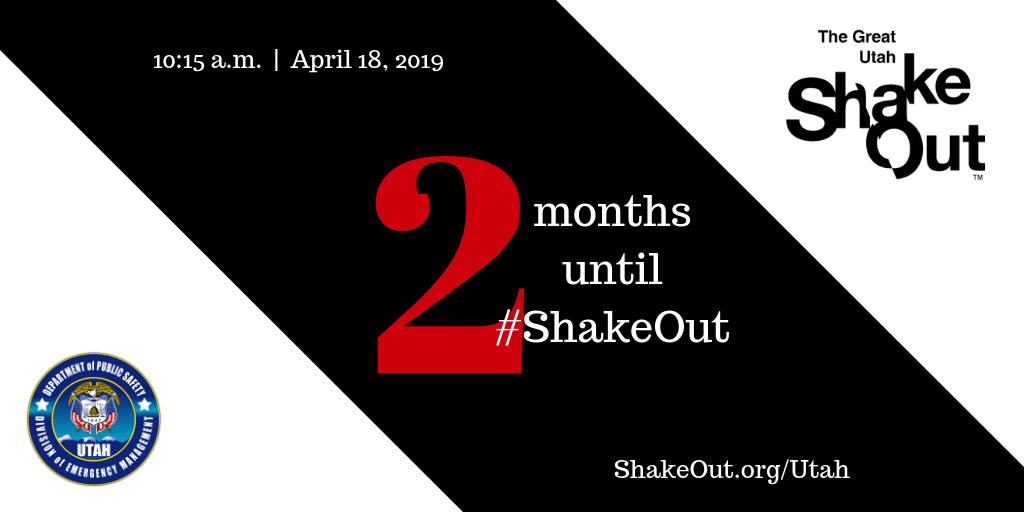
With just two months to go until the annual Great Utah ShakeOut earthquake drill, we wanted to address two of the questions we get most often: Why do you drop, cover and hold on? And what if you can’t?
Why drop, cover and hold on?
One of the myths about earthquakes is that they cause most buildings to collapse. While it’s true that we expect many buildings to collapse in a magnitude 7.0 earthquake, the vast majority will not. But people still end up injured and killed in buildings that don’t collapse because they are struck by nonstructural things (furniture, lamps and items on shelves or above beds) or they are knocked down by the shaking.
So we recommend the following:
Drop to the ground, so the earthquake doesn’t drop you to the ground.
Take cover under a sturdy desk or table.
Hold on until the shaking stops. Earthquakes can rattle your cover away from you.
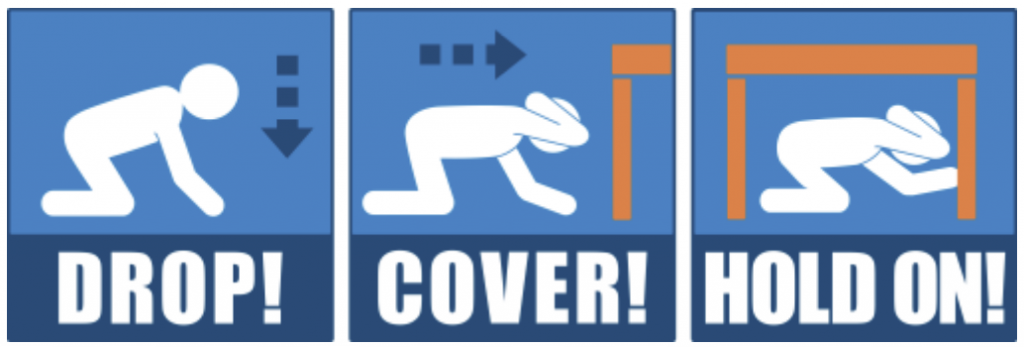
What if you can’t?
Sometimes, during an earthquake, you may find yourself in a location without sturdy cover, such as in a movie theater. Some people have limited mobility and use a wheelchair or walker. Consider the following:
If there’s no shelter, you can still drop and cover:
- Crawl next to an interior wall.
- Stay away from windows.
- Stay on your knees to protect vital organs.
- Hold onto your head and neck with both arms and hands.
If you can’t drop and cover:
- Using a wheelchair? Lock the wheels, cover and hold on.
- Using a walker? Lock, cover and hold on.
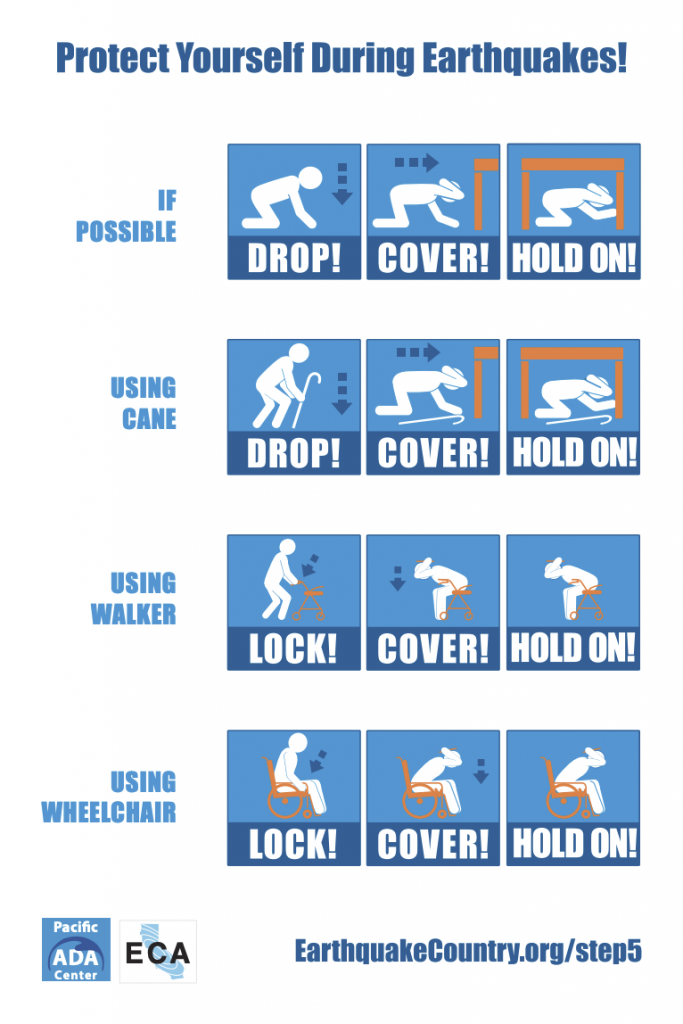
The Earthquake Country Alliance has a great page on other specific situations you could find yourself in when an earthquake strikes. Remember to join the ShakeOut at ShakeOut.org/Utah.
Joe Dougherty is the public information officer for the Utah Division of Emergency Management. jdougherty@utah.gov


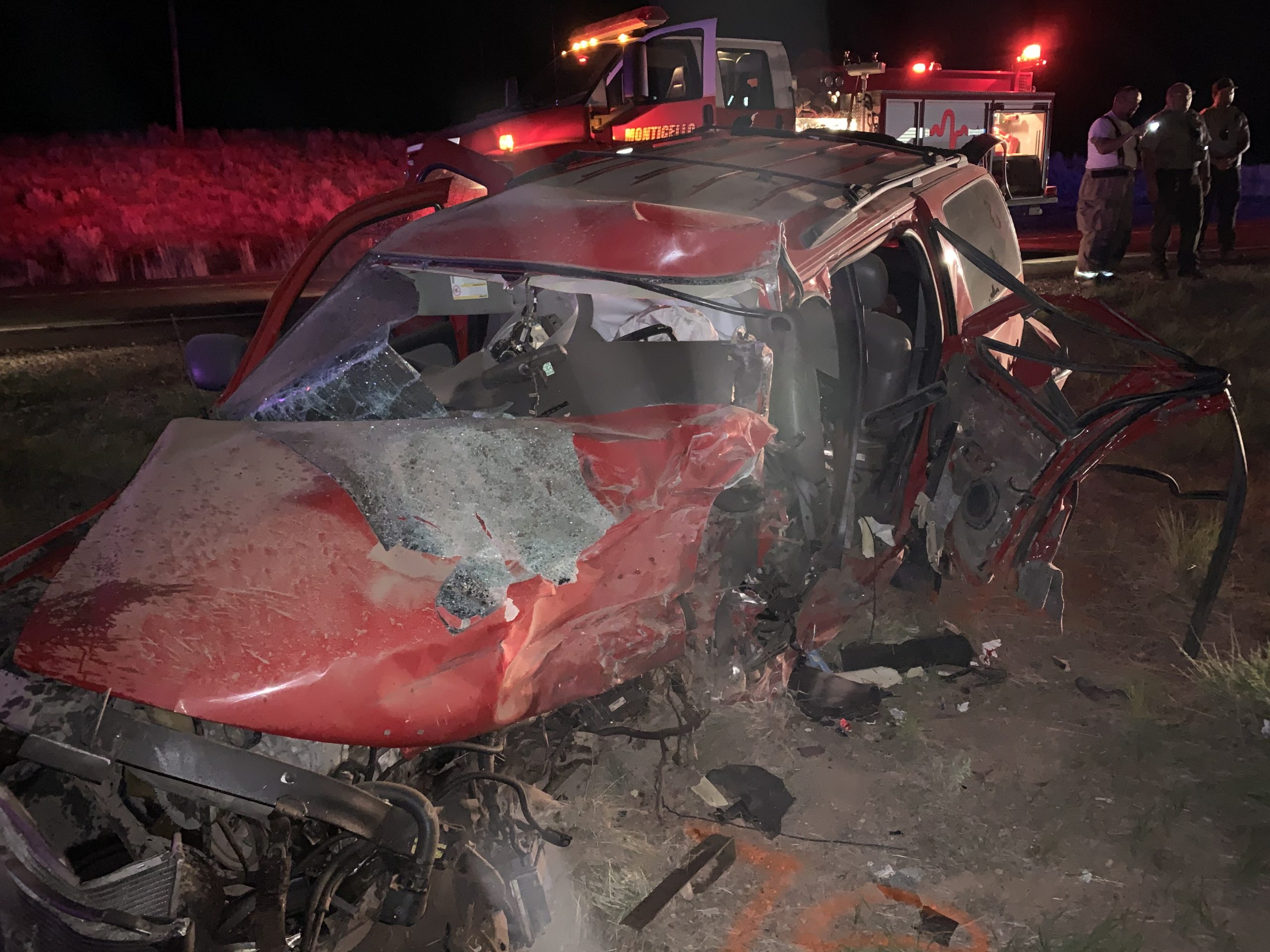


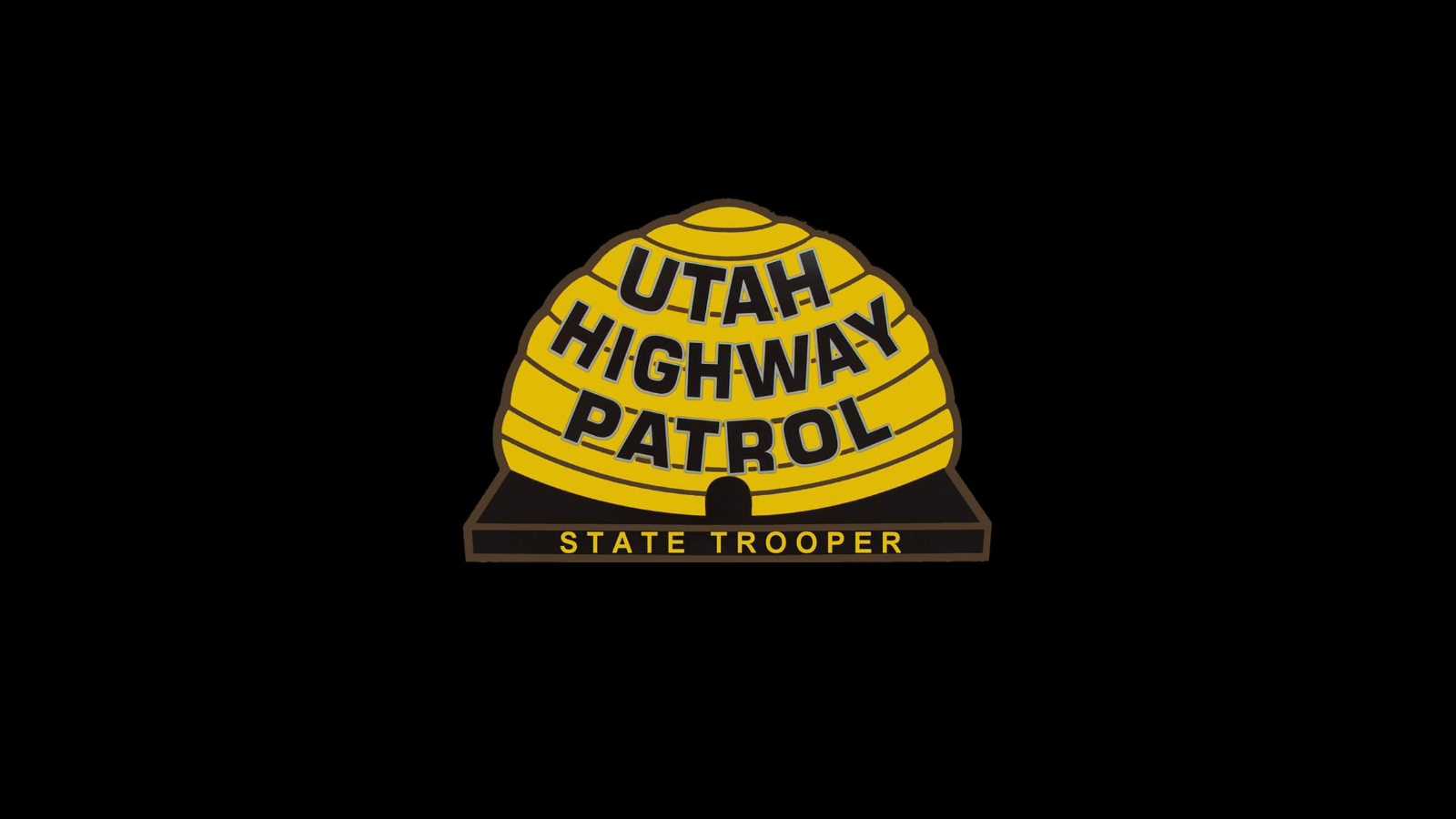
SHARE THIS STORY